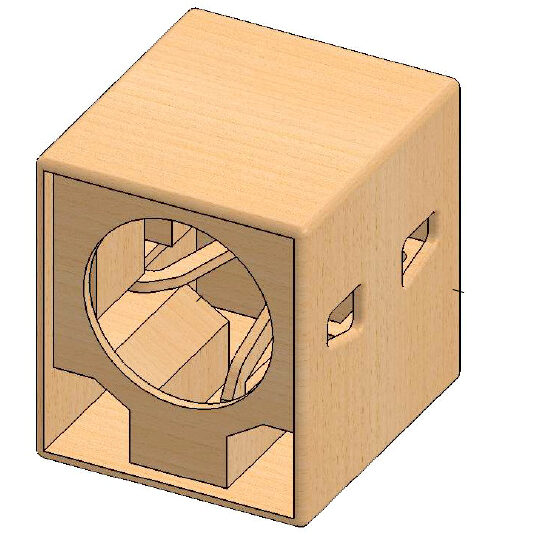Most novices tend to focus on power handling when choosing a replacement speaker, unfortunately this is often the least relevant specification to try to match up. The mechanical properties of a speaker will often have more effect on the final result in terms of tonality and efficiency than the power handling. The mechanical properties govern how the speaker interacts with the cabinet, and can give some insight into expected performance. This part can get quite complicated, and is where cabinet designers can spend days trying difference combinations of cabinet shapes, and sizes and different drivers to get the optimum results to fine tune their design.
If you check the specifications of most drivers on the market, they will include the Thiele-Small or T/S Parameters. (Read More Here) – these provide some numbers to help quantify the mechanical properties of a speakers, things like cone weight, cone stiffness, resonant frequency, etc
When selecting a replacement, it’s best to replace with a driver with similar mechanical properties, however, it’s very rare to have this information supplied by the manufacturer, so often an educated guess is required. Which mechanical properties are most important depend on the type of cabinet, and the desired results. We’ve worked out some rough guidelines to help you check if the driver you have selected is a good choice.
For Bass Speakers – look at Fs (Resonant Frequency), Qts and Vas – ideally these want to be similar to the part you are replacing.
For Mid-Bass speakers (such as a 12″ or 15″ in a full range speaker) – you have to look at a lot of factors – but avoid HIGH power woofers 900W or more with very large voice coils (4″) as these will tend to be heavy and sluggish and have poor mid-range response. You need a sensible Fs of 60Hz or lower to have any sensible bass response, high sensitivity (98dB or higher) and good frequency response extending up to 2Hz or higher.
Click here for guidelines on selecting a woofer for an 18″ Bass Reflex Cabinet
